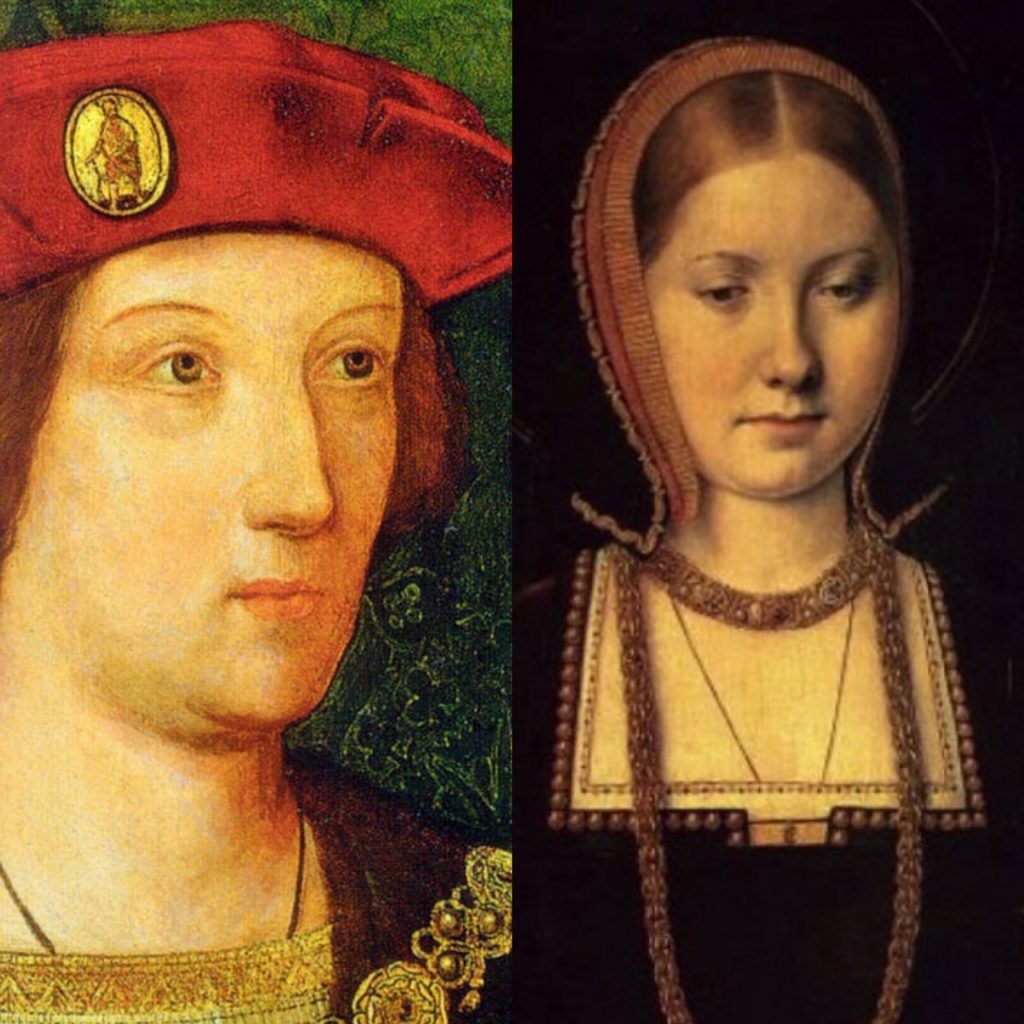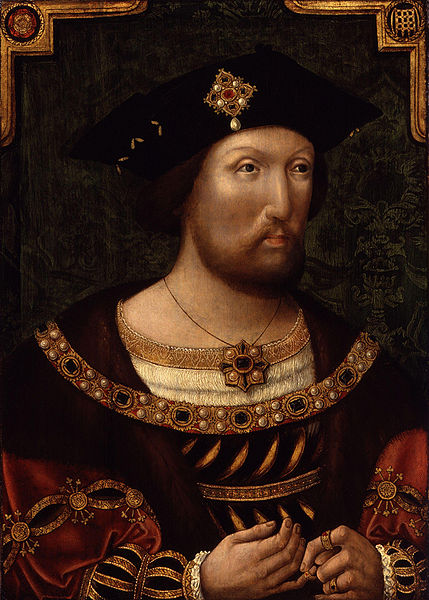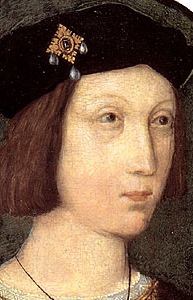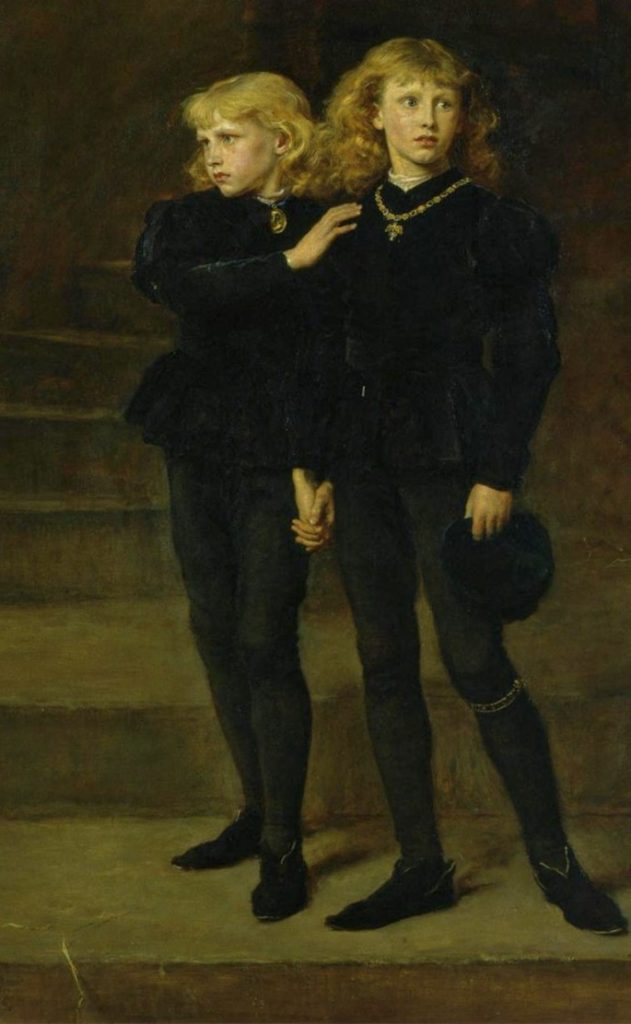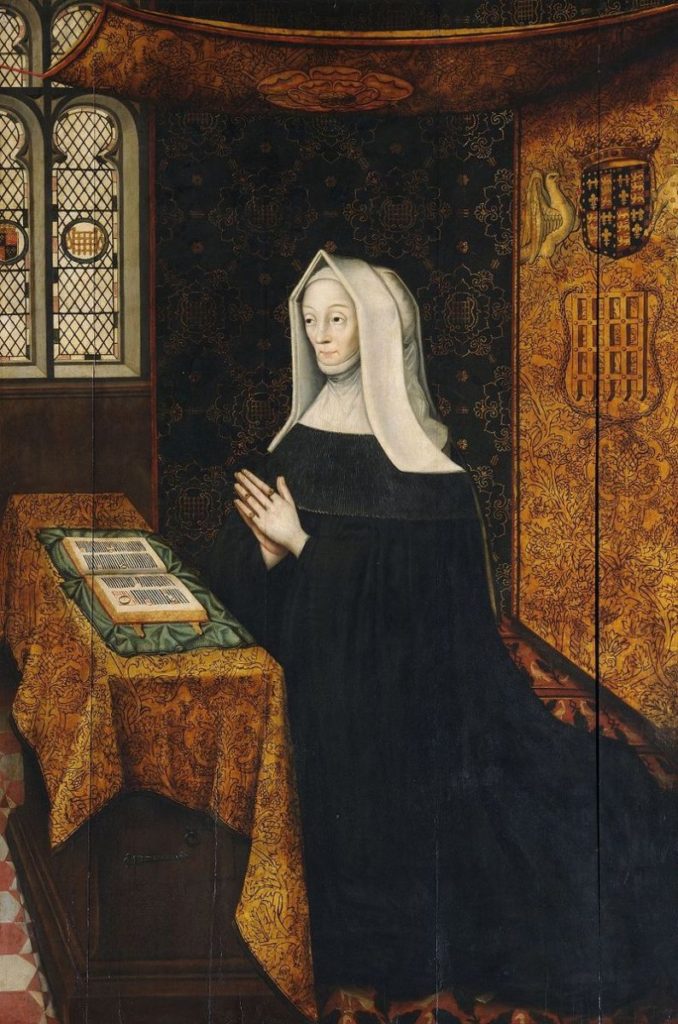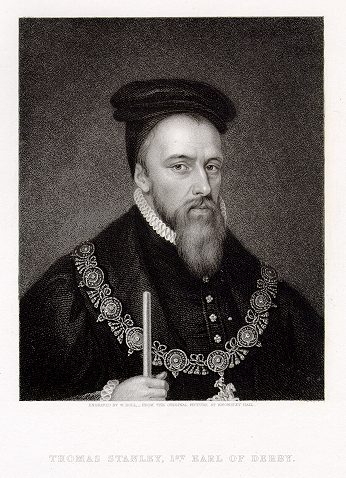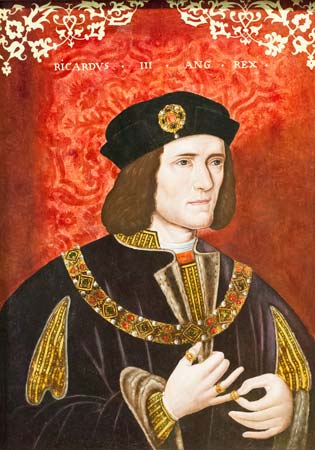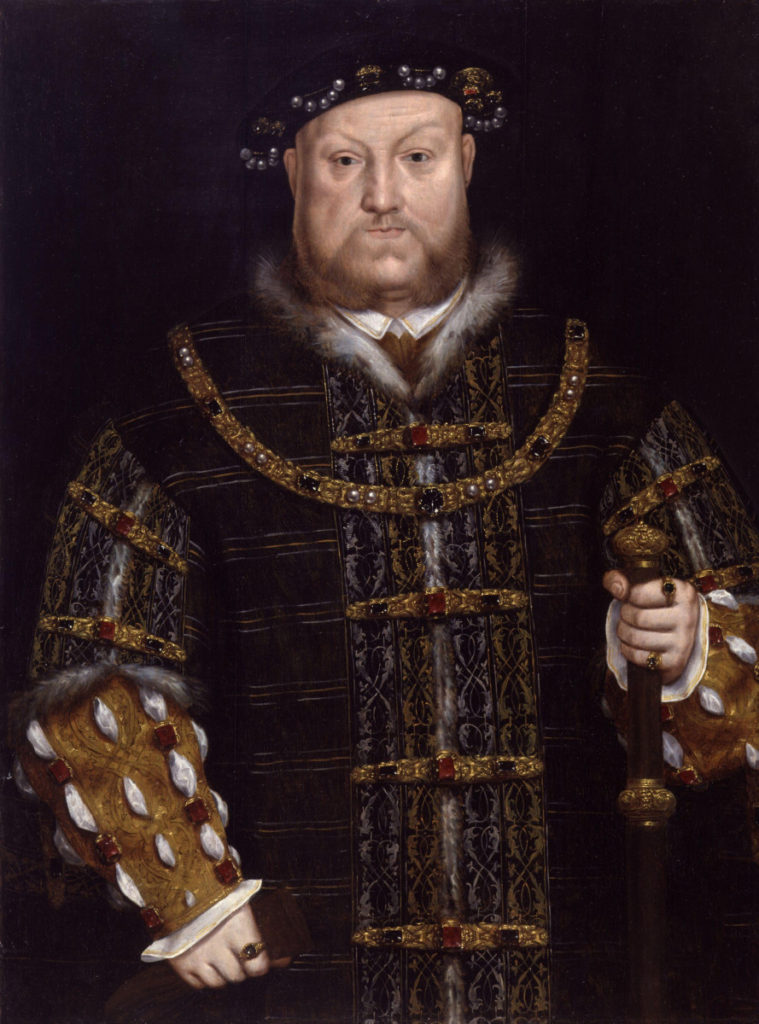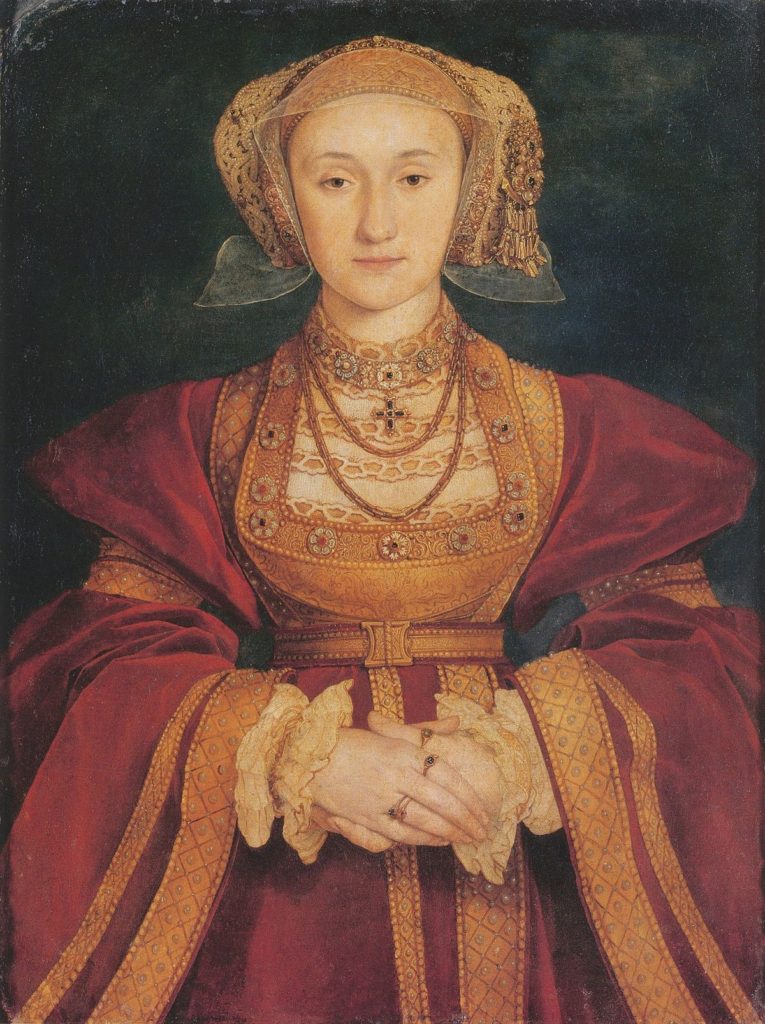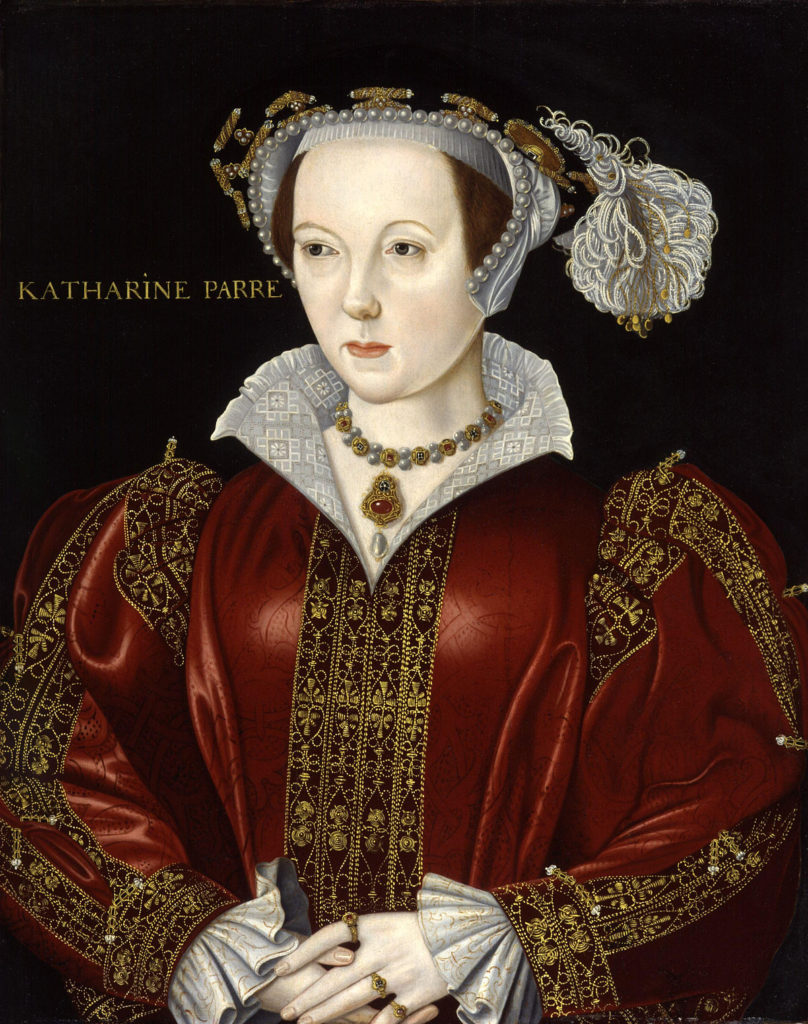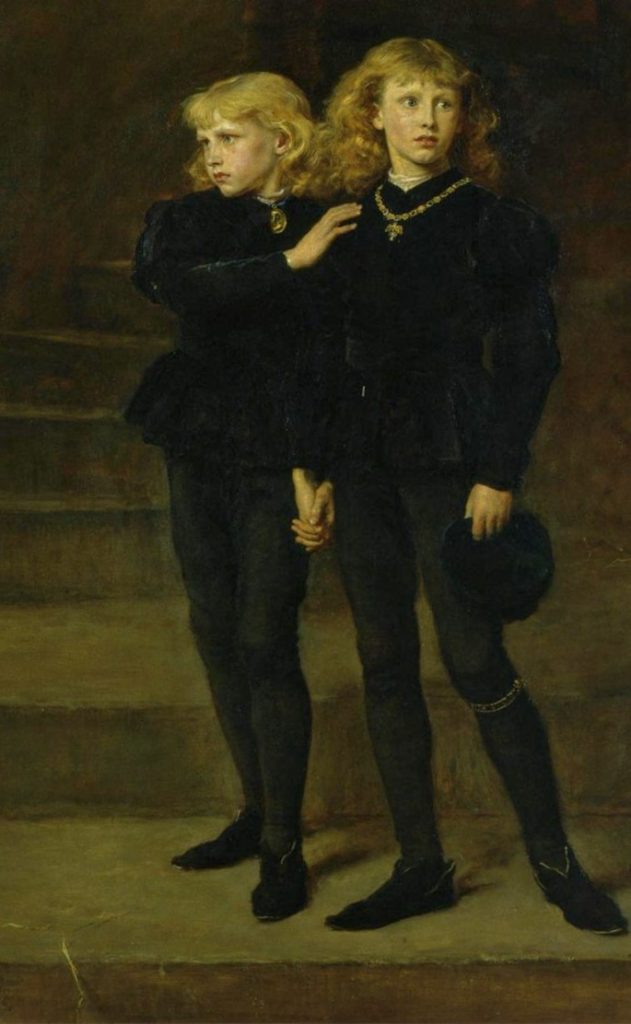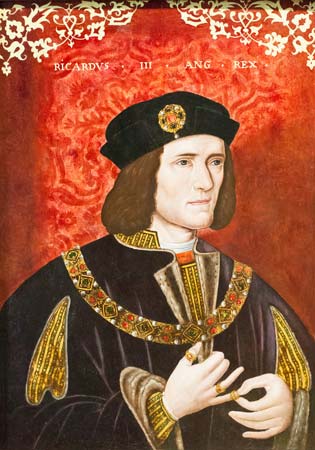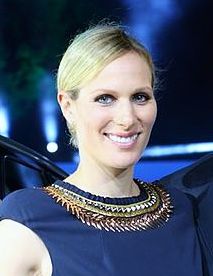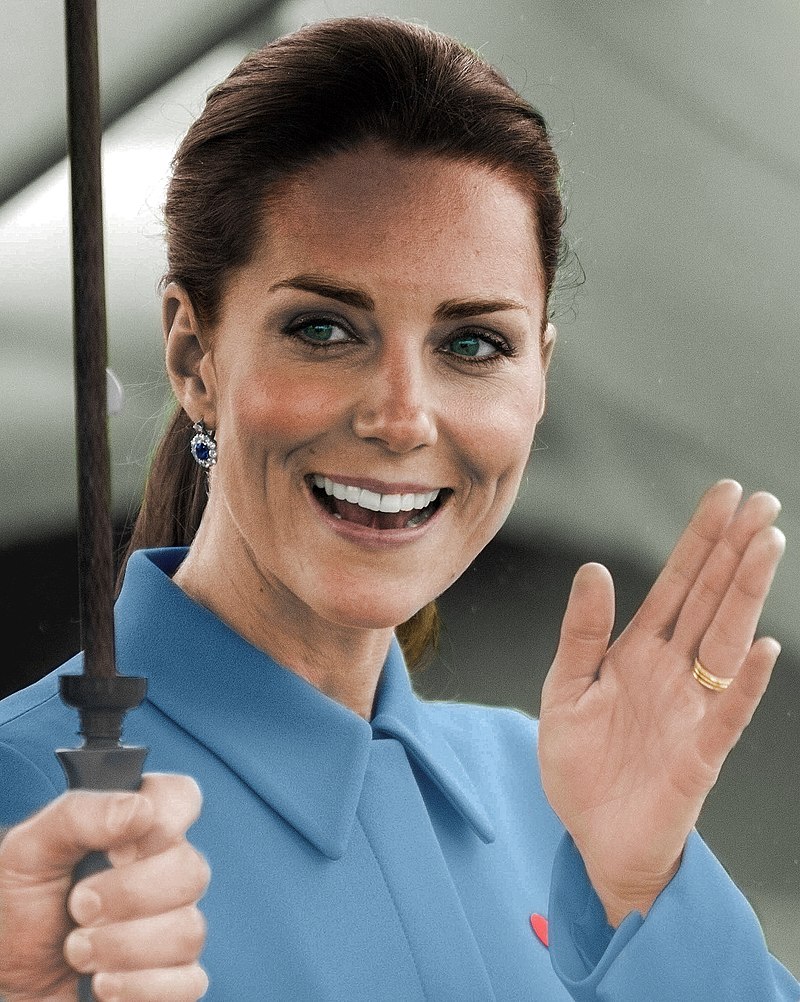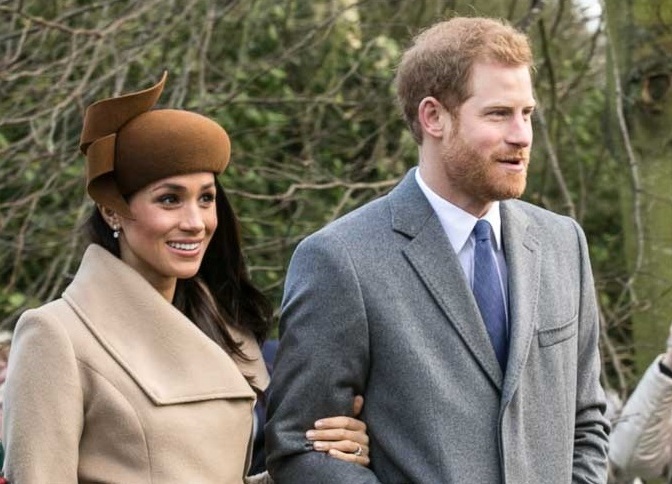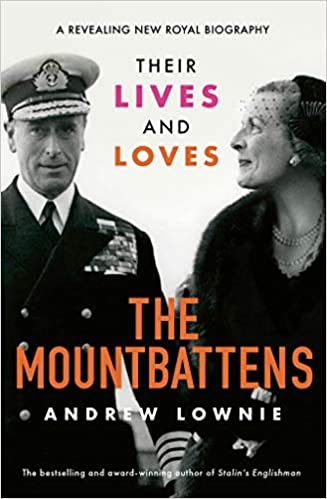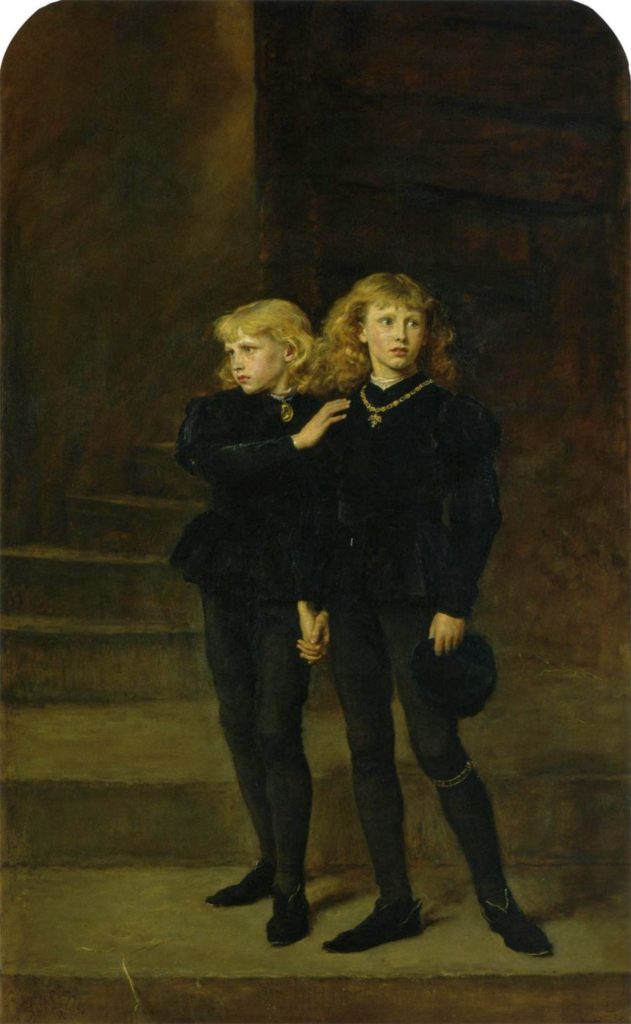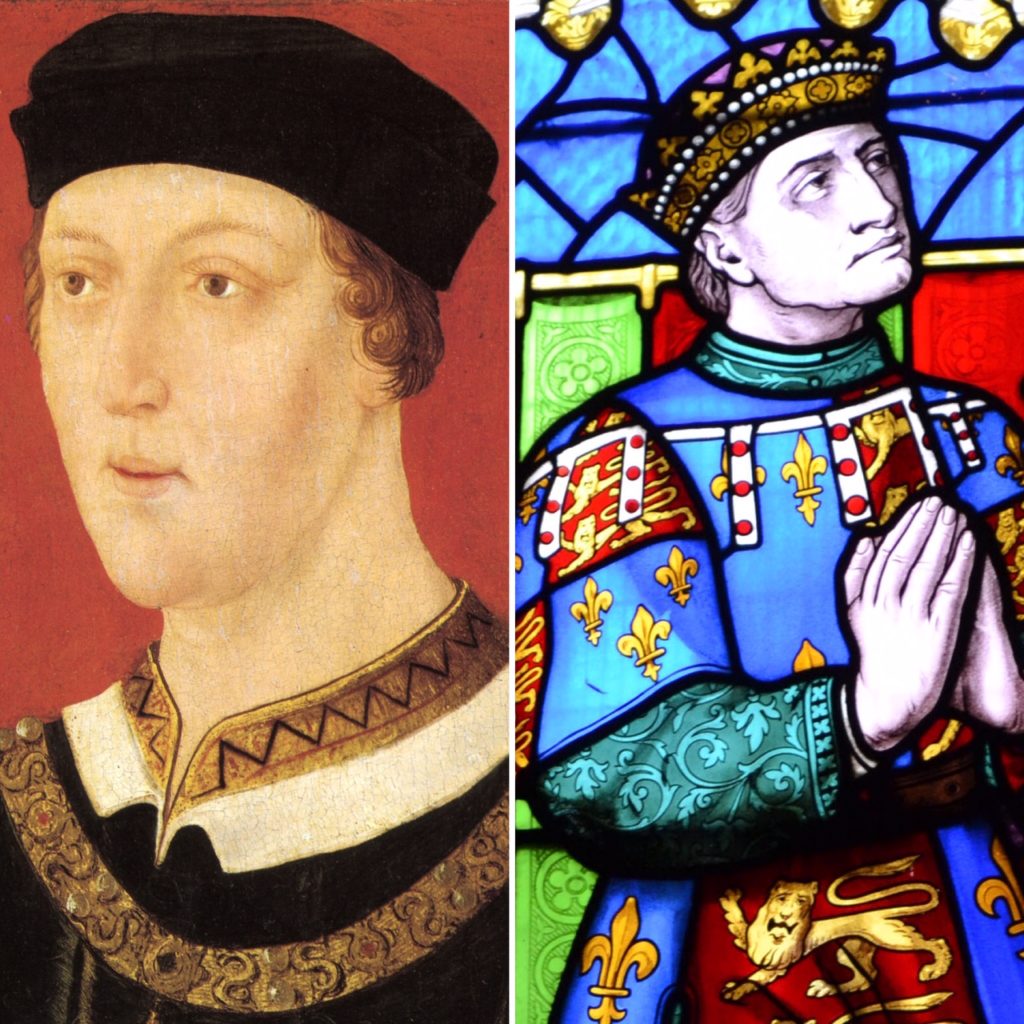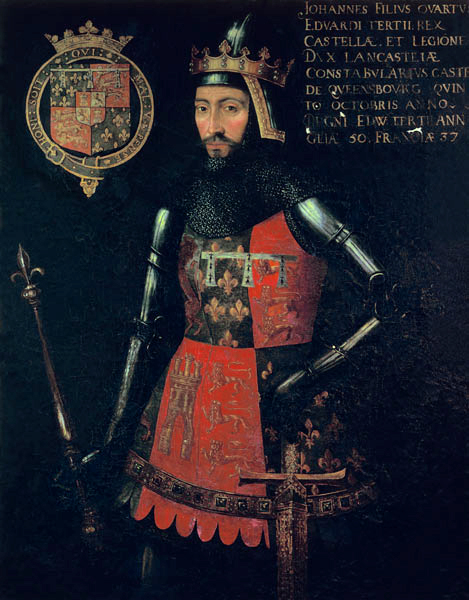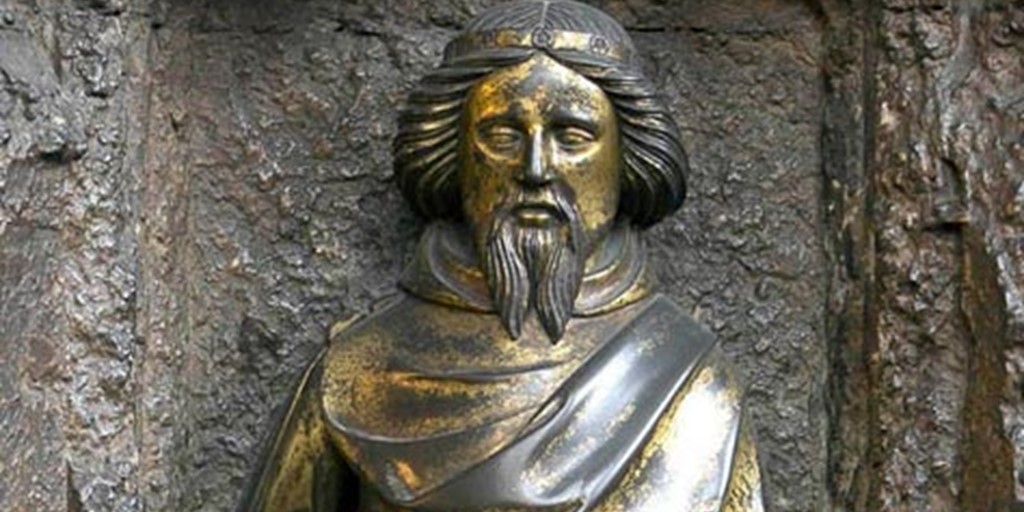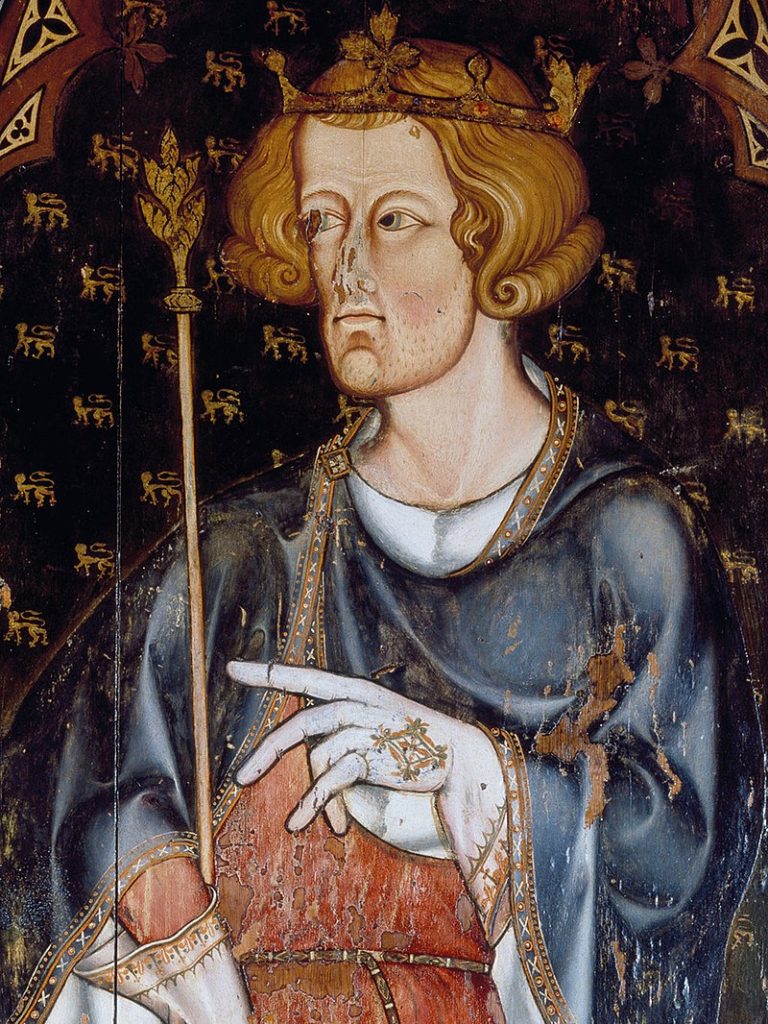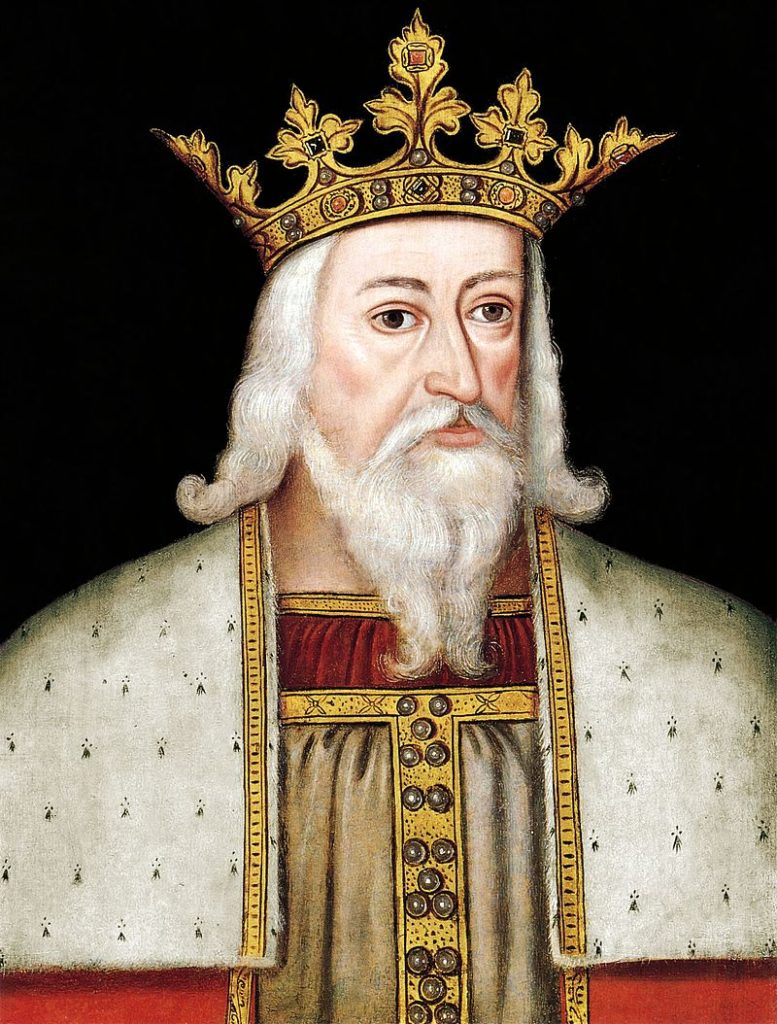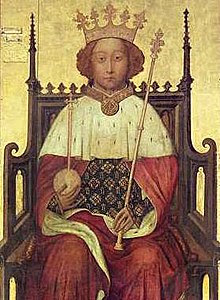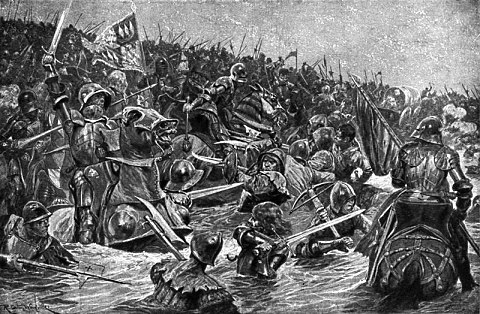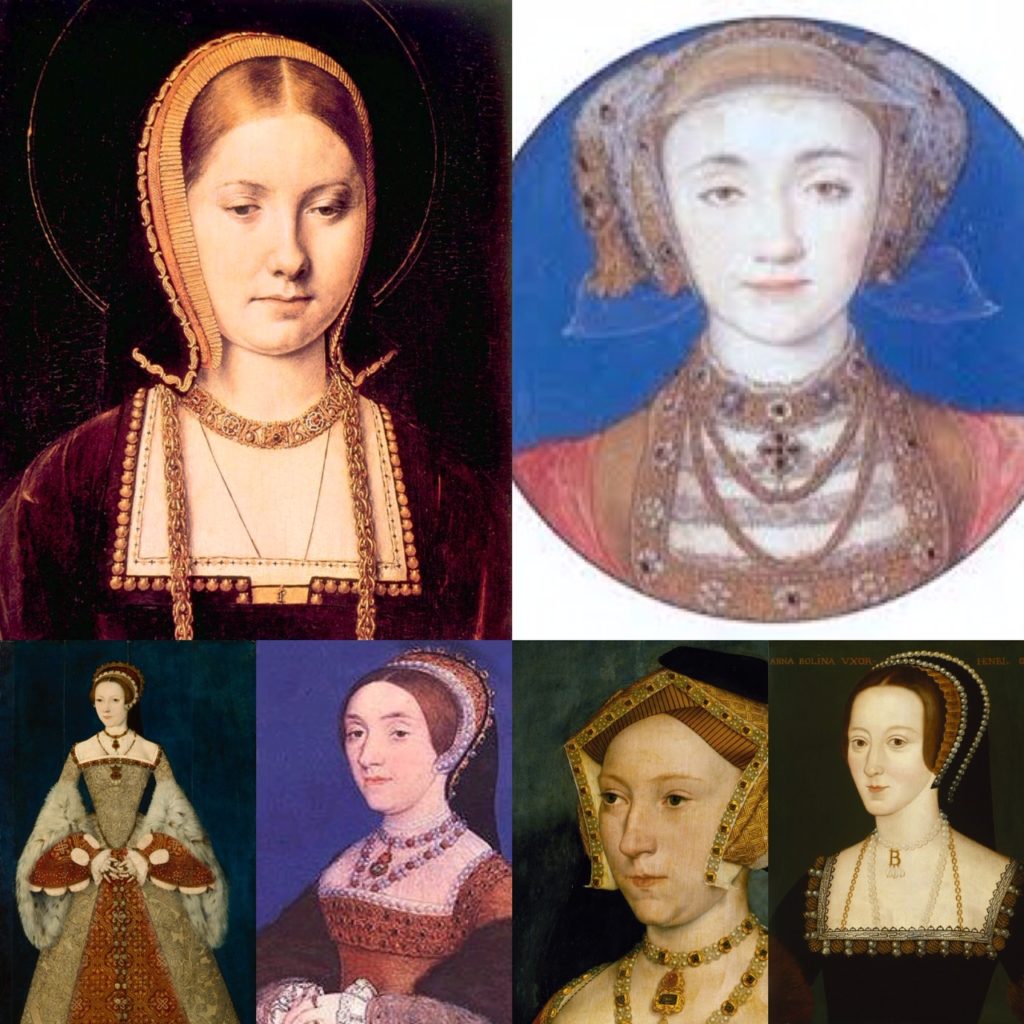
In 1542, a distraught Henry VIII decided to have the head of the woman who had broken his heart.
There was just one problem. It wasn’t actually clear what crime the Queen, Katheryn Howard had committed. She had certainly been inappropriate with the young courtier, Thomas Culpeper. But it seems that there was not sufficient evidence to condemn her for adultery.
In an act of legal reimagination, it was decided that Katheryn’s misconduct before her marriage to Henry was worthy of censure. Her behaviour after her nuptials only served to illustrate that she was no longer worthy of her life.
But was she the only Queen of Henry VIII’s to be guilty of a dalliance prior to marriage? Is it possible that none of his wives came to Henry’s marital bed untouched by man?
Let’s take them one by one.
Katherine of Aragon
Did Katherine of Aragon consummate her first marriage to Henry’s brother, Arthur. The issue would sit at the heart of Henry’s attempt to divorce Katherine and be joined to Anne Boleyn.
I’ve covered this ground elsewhere, so won’t go over it again. We will never know the truth, but I’m inclined to believe Katherine. She swore an oath that she had come to Henry’s bed a maid and I don’t think she would have engendered her immortal soul by lying.
Anne Boleyn
Henry’s second wife has gone down in history as the woman who made the King wait seven years before surrendering her affections. But was Henry her first sexual experience?
After his nuptials to Anne, Henry grew rapidly disappointed. He was heard complaining that she had been ‘corrupted’ while living in the French court. It’s not clear what this meant but it he was probably suggesting that she had acquired some kind of sexual technique from the continent.
There is also the question of Henry Percy. In 1522, Anne fell in love with the future Earl of Northumberland and the couple hoped to wed. Cardinal Wolsey – who had plans to settle a family feud by marrying Anne to the Irish Earl of Ormonde – put a stop to the match. However, if the couple believed they had agreed a pre-contract , sleeping together would have been the way to ‘seal the deal.’ These two factors would make them legally married and there was, strictly speaking, nothing improper about forming a union that way. Although such a clandestine approach was not encouraged among the high nobility.
For what it’s worth, I don’t think Anne would have been so carefree. She was a master of strategy and had she believed her and Percy were to spend their lives together, she would not have wanted there to be a question mark around the legitimacy of any children.
Jane Seymour
We don’t know much about Queen Jane’s character. But we do know that Henry chose her because she was the opposite of Anne. While Anne was sensual and alluring, Jane was demure and gentle.
It seems unlikely that Jane knew the touch of man before Henry came along. She certainly did not have a reputation for any kind of light behaviour. But did Henry and Jane wait until they had officially tied the knot before becoming physically intimate?
Henry and Jane married with alarming haste after Anne’s execution. This might well have been Henry’s way of showing the world he had moved on after the humiliation of being cuckolded. Or, he may simply have burned with desire for Jane.
However, it could also be that they were in such a rush because Jane was pregnant. Some think she may have miscarried one child before conceiving Edward. Could it be that another was sadly lost in the early weeks of their marriage?
Anne of Cleves
As many Royal History Geeks know, there’s a famous scene where Anne’s ladies probed the Queen on the nature of her bedroom antics. She innocently replied that the King kissed her every night and fell asleep beside her. Was that not enough, she wide-eyed wondered, to bring a child into the world?
It’s a sweet story. But I don’t buy it. Anne was 24 when she came to England. Would her mother really have sent her into the lion’s den without a word in her ear? Her parents would have known Henry was expecting sex. I cannot believe they would let her navigate this fundamental frontier entirely alone.
Was she as innocent as history remembers? Henry certainly didn’t think so. As he tried to find a way out of their marriage, he mentions multiple times that, having inspected Anne’s body, he believed her to be no maid.
Perhaps we shouldn’t take Henry too seriously. But he was experienced with women. The notion that Anne may have given birth to a son as a teenager forms the sub-plot of Alison Weir’s excellent novel on the Cleves Princess. The books is fiction and the author is clear that were she penning a factual biography, she would have to tread more carefully. But Henry’s comments are certainly intriguing.
Katheryn Howard
Let’s not tarry here for long. We know that Katheryn was not a virgin when she married the King. She seemed to know how to lie with a man without getting pregnant, which might suggest she never surrendered herself fully to Francis Dereham. But it’s more likely that they used some form of contraception.
Katherine Parr
Henry’s final wife is the only one that everyone knew was not a virgin at the time of the marriage – and quite legitimately so. She had been married twice before.
But it’s possible that she was not particularly sexually experienced. Her first husband had been young and sickly. Her second, older and often unwell. There is no record of her ever falling pregnant by either of them nor by Henry. Yet, when she married the virile Thomas Seymour, she was with child almost straight way.
Could it be that her sex life only really got going with husband number four?
Subscribe to our newsletter!
